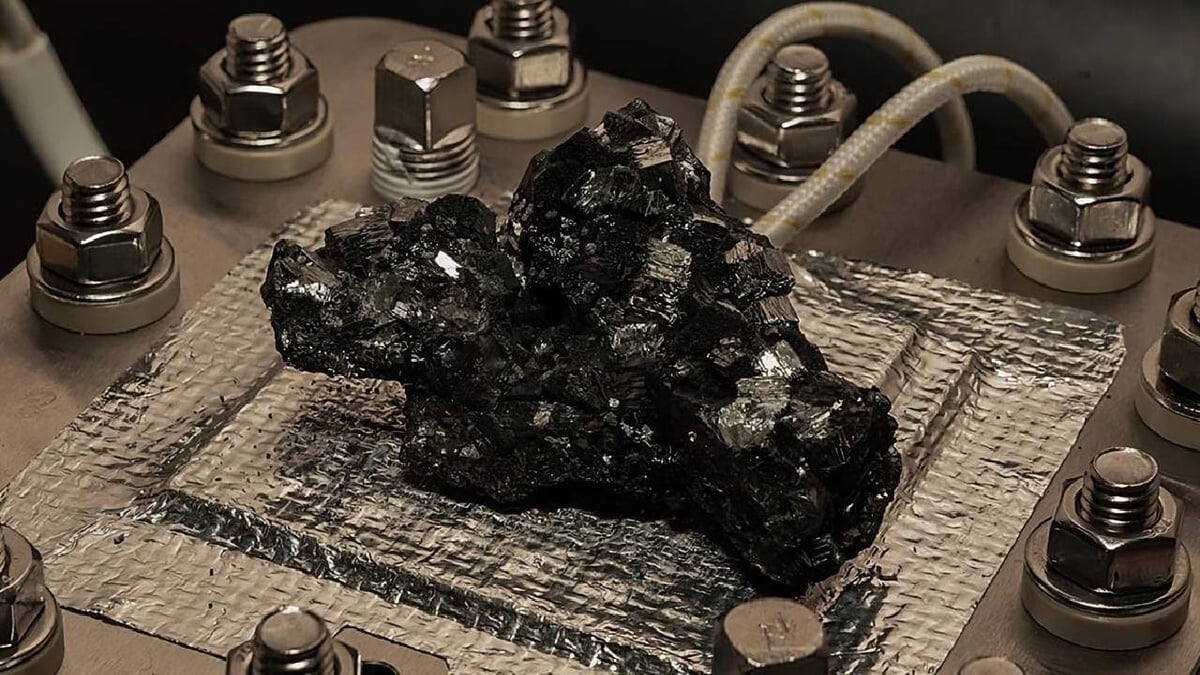A breakthrough that could change the future of clean energy
Green hydrogen is often called the fuel of the future—a clean energy source made from water and renewable power. Countries like Spain and Germany are betting big on it. But there’s one big obstacle: cost. Producing hydrogen on a large scale has always relied on rare and expensive metals.
Now, researchers in Japan say they may have found the missing piece—and it could change everything.
The problem with today’s hydrogen
To make hydrogen, scientists often use PEM electrolysers. They’re fast, efficient, and perfect for working with solar and wind energy. But there’s a catch: they need platinum or iridium—precious metals that are rare, expensive, and unsustainable at scale.
That’s why for years the big question has been: is there a cheap material that can do the same job?
The discovery in Japan
Scientists at the RIKEN Institute believe they’ve cracked it. Their team took a common metal—manganese—and redesigned its 3D structure. The result? A catalyst that works like the rare metals, but at a fraction of the cost.
This manganese oxide (MnO₂) catalyst forms stronger bonds with oxygen atoms, making it far more stable in acid and more resistant to breakdown.
1,000% more hydrogen
The numbers are eye-popping. In lab tests, the new material produced 10 times more hydrogen than other low-cost catalysts. It lasted for more than 1,000 hours without degrading—an improvement of up to 40 times compared to earlier attempts.
For an industry desperate to cut costs and boost output, this could be the holy grail of electrolysis.
Why it matters
Hydrogen is seen as one of the keys to decarbonizing industries from steelmaking to shipping. If it can be produced cheaply, it could replace fossil fuels in some of the toughest sectors to clean up.
Japan’s manganese breakthrough may not be ready for industrial rollout yet—but experts say it’s a giant step toward iridium-free electrolysis and truly sustainable hydrogen.
The road ahead
Researchers are already planning ways to further tweak manganese’s structure, hoping to push the catalyst’s lifespan and efficiency even higher. The long-term goal: replace rare metals entirely and make green hydrogen affordable at scale.
For now, the discovery is a reminder that sometimes, the answer to the world’s biggest challenges isn’t in rare elements worth more than gold—but in common metals hiding in plain sight.
